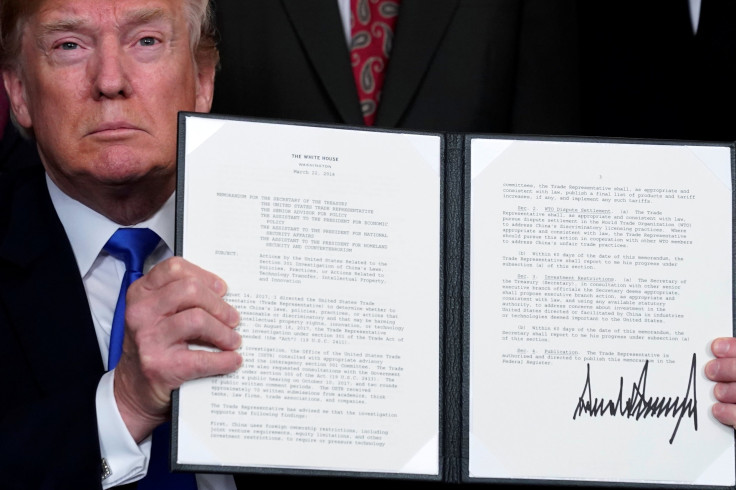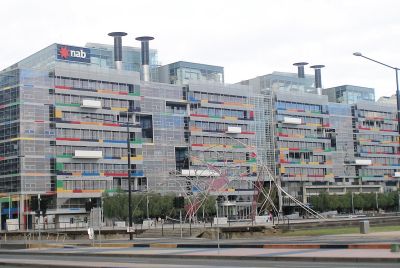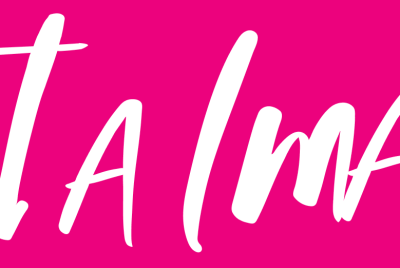How transshipment may undercut Trump’s tariffs

President Donald Trump is vowing to crack down on deceptive transshipment. That is the practice of moving cargo from one country to another by way of a third nation to evade trade restrictions.
As an international economist, I have researched the impact of imported textiles and apparel on those industries in North Carolina over the last 20 years. Based on this recent history, I believe it will be hard for Trump to succeed.
Indirect routes
Not all transshipments are intentionally misleading. For example, a car shipped from Stockholm, Sweden, to Montreal, Canada, may first travel to New York City’s port, before being transferred to another boat, a train or a tractor-trailer for the NYC-Montreal leg of the trip.
These indirect routes can reduce costs when they let shipping companies move more freight on their busiest routes.
But the Trump administration claims something else is going on with Chinese steel. Washington is accusing Chinese steelmakers of routing their U.S.-bound product through Vietnam and other Asian countries to avoid existing tariffs on Chinese steel. That could become even more of a problem if the administration goes ahead with plans to impose new 25 percent tariffs on Chinese steel.
Federal rules of origin allow importers to say goods hail from a given country as long as they were “substantially transformed” there. Slapping a “made in” label onto a steel slab doesn’t satisfy this criterion, while rolling that steel into finished pipes in that country definitely does. In practice, determining what qualifies as enough transformation requires exercising discretion that is hard to make objective or translate into clear and fair rules.
Asian officials insist that the Chinese steel now irking the Trump administration is being processed before being designated as a different product and purchased by U.S. manufacturers as “made in Vietnam” or another country.
A precedent
The Trump White House isn’t the first to suspect China of transshipping to dodge trade barriers. In the early 1990s, the U.S. subjected textiles and apparel imported from China and other emerging economies to annual quotas under the Multi-Fiber Agreement.
At the same time, according to a Chinese-U.S. research team, these Chinese products were often transshipped to the U.S. via Hong Kong. While the U.S. Customs Service tried to detect and crack down on this practice, that proved a daunting task.
Deceptive transshipments violate international law, but are costly and hard to stamp out. I believe efforts to do so will also discourage imports that are valuable to U.S. consumers.
Patrick Conway, Professor of Economics, University of North Carolina – Chapel Hill
This article was originally published on The Conversation. Read the original article.





















